If your child is slime-obsessed, you will want to check out this spin how to make slime. While the ingredients are the same, the result is different and exciting! Here you will learn how to make bouncy balls. This simple kids activity is perfect for hands-on learning to teach children about chemical reactions.
One of my daughter’s favourite summer activities is to raid my craft cupboard.
Though I do have Rubbermaid drawers filled with felt, crayons, kid scissors, and construction paper within her reach, my stash is always more appealing. She grabs a chair, pushes it flush with the counter and then makes her way up onto the cold, white granite. There, she tiptoes to get little gems and ornaments as well as my school glue.
She uses all my school glue. Though my girl is constantly inventing and creating new crafts, several times a week, she makes slime. Right now, I barely have enough food storage containers as they’re all filled with queen-king-gem slime, troll-inspired slime, and my personal favourite, sun-set unicorn slime (the names are of her own invention).
Due to her love of the borax-glue mixture, I wanted to come up with a new activity for her. My friend, Chantal from NerdyMamma offered me this fail-proof bouncy ball recipe that is quite simply just a riff on slime. It does turn out quite cool though.
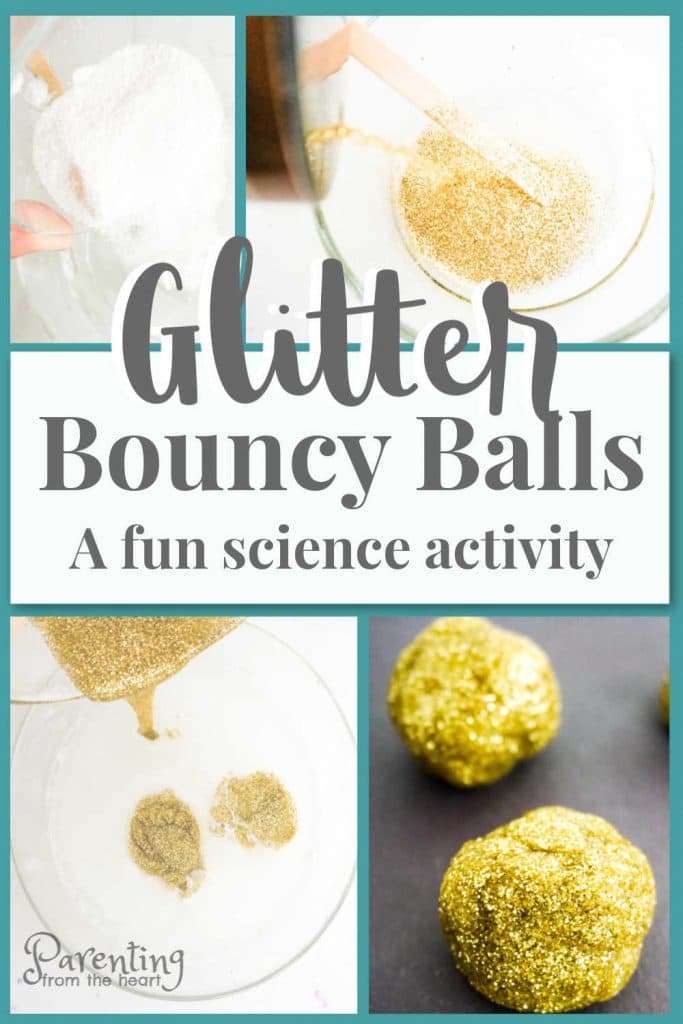
When children make bouncy balls, this is what they’re learning.
When you see the recipe, you may be surprised at just how easy the activity is. Despite its simplicity and inexpensive nature, making bouncy balls is an educational experience.
For one, in order to make bouncy balls, a chemical reaction must take place.
School glue is made up of long flexible molecules called polymers. Borax dissolved in water or contact solution containing boric acid have borate ions. When mixed together the borate ions bind with the polymers in the glue to turn a liquid into more of a soild.
It’s important to note that both Borax and contact solution with boric acid have the same chemical make up needed for slime. If you are concerned about whether to use one or the other, consider this movie from Steve Spangler on the safety of Borax.
Next, making bouncy balls teaches physics.
Like slime, these bouncy balls are a non-Newtonian fluid. What this means is the amount of pressure put on the bouncy balls determines their shape. When these bouncy balls are left on their own, they will slowly almost “melt” looking slime or liquid. When rolled and thrown, they act like a solid ball.
Finally, they promote all the benefits of sensory play.
Through sensory play, children learn cause and effect, can test hypotheses, and engage in imaginative play.
How to make bouncy balls – What you need:
- 3 tbsp transparent Elmer’s School Glue
- 1 tbsp gold glitter
- 2 tbsp Borax detergent
- 1 cup warm water
- 2 Bowls
- Popsicle stick or spoon to stir
How to make bouncy balls – instructions
1. Combine Borax and water.
2. Stir until Borax is dissolved.
3. In a separate bowl, combine glitter and glue until mixture is consistent throughout.
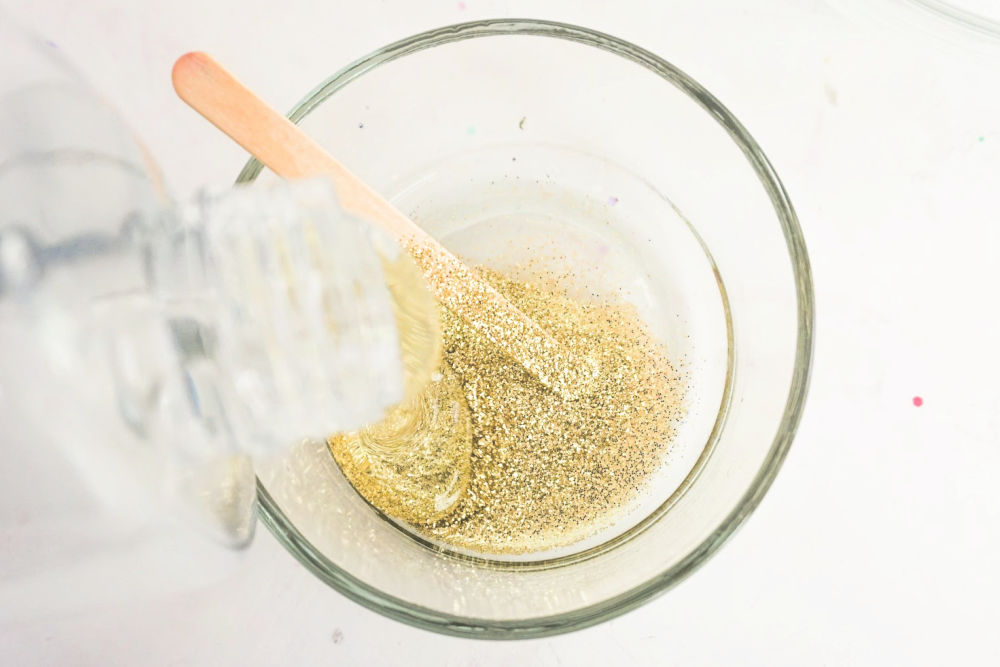
4. Pour 3 globs of glue mixture into the water mixture.
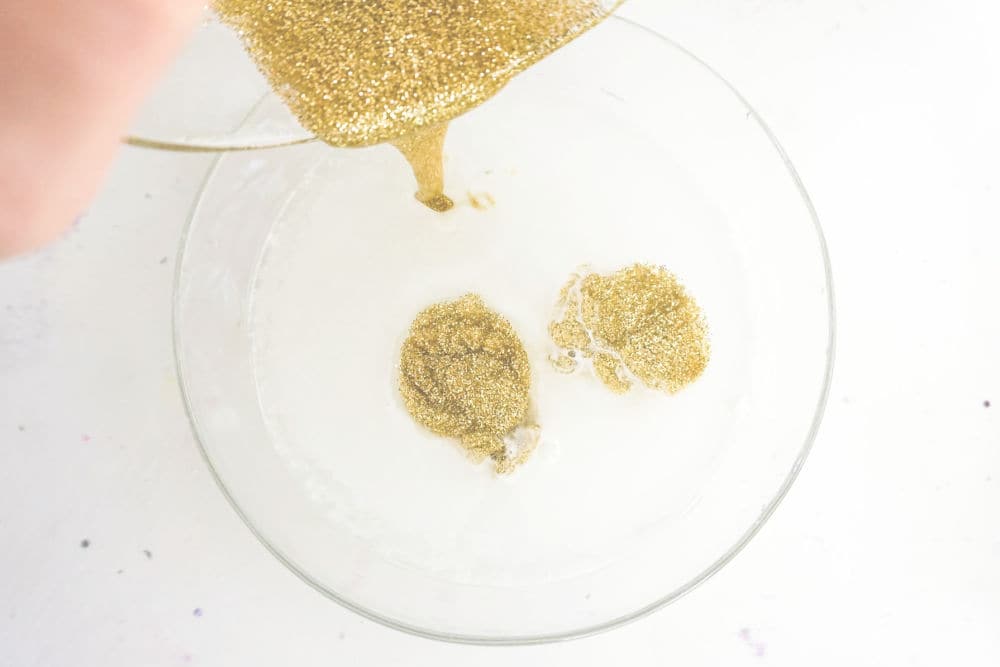
5. Begin kneading one of the glue mixture globs, working with one at a time.
6. Knead until the glue mixture glob becomes hard.
7. Roll hard glue glob in your palms to form a ball.
8. Rinse underwater.
9. Play!
A final note on making bouncy balls
These bouncy balls are essentially just a super-thick slime, so they will “melt” or “deform” if left sitting on the counter. But, you can simply reform them when you are ready to play again. They will, however, dry out eventually and begin to crumble, but that’s when you know it’s time to make more.
My daughter is thoroughly impressed with this new spin on slime. She also loves that, like slime, the variety of bouncy balls she can make are endless.
I just now need even more food storage containers on-hand because now I fear my cupboards will be bear!
For more great ideas like this:
Dripping Slime – an amazing fine motor activity
Three Simple Science Experiments for Preschoolers
Why Sensory Play is so Important – Backed by research
How to get slime out of carpet
Awesome ways to play with slime







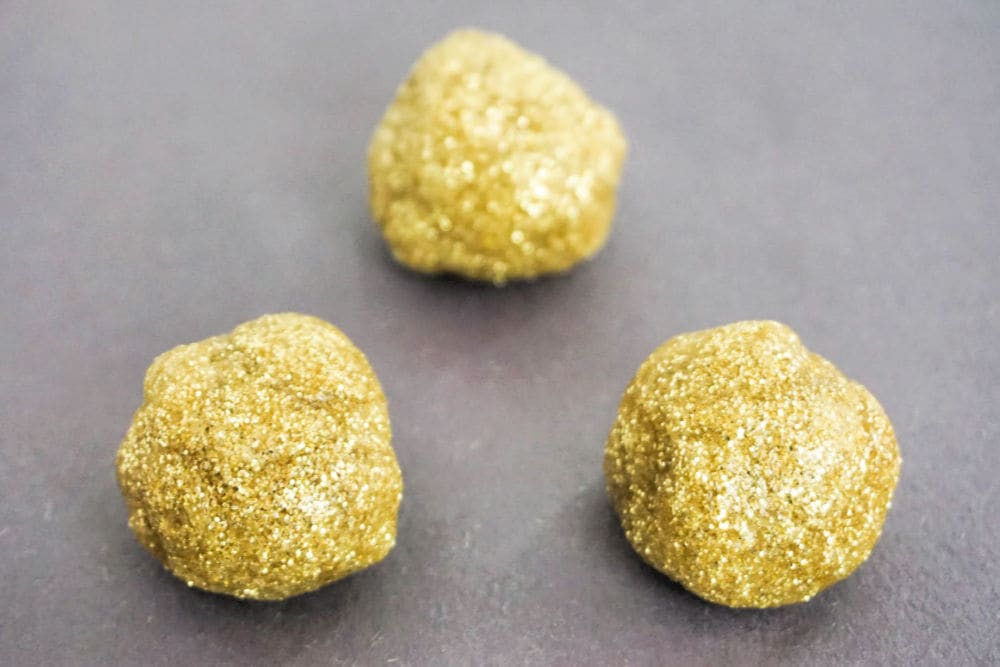
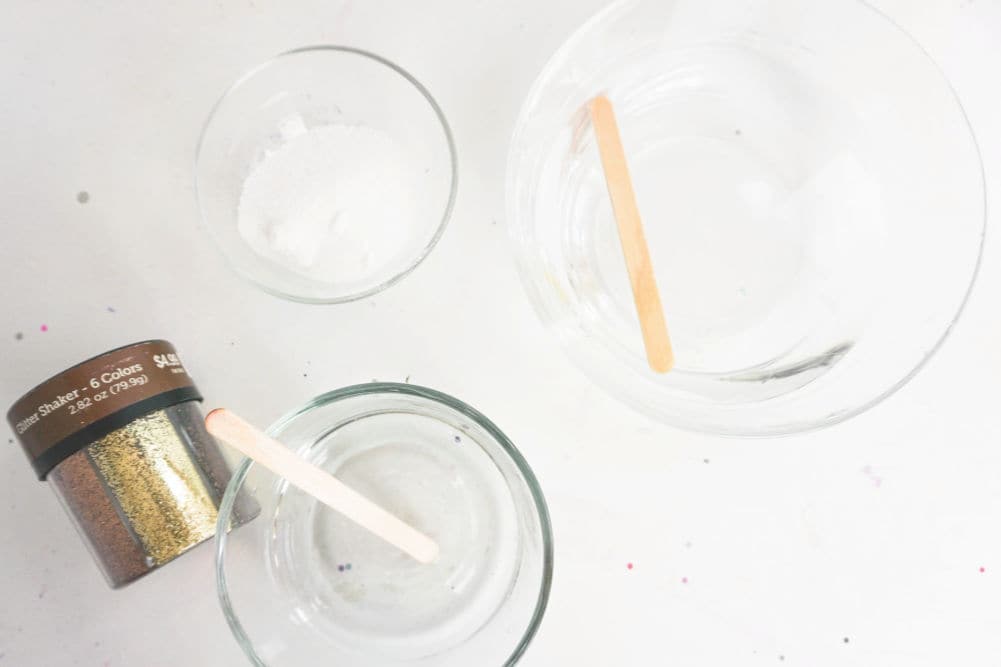

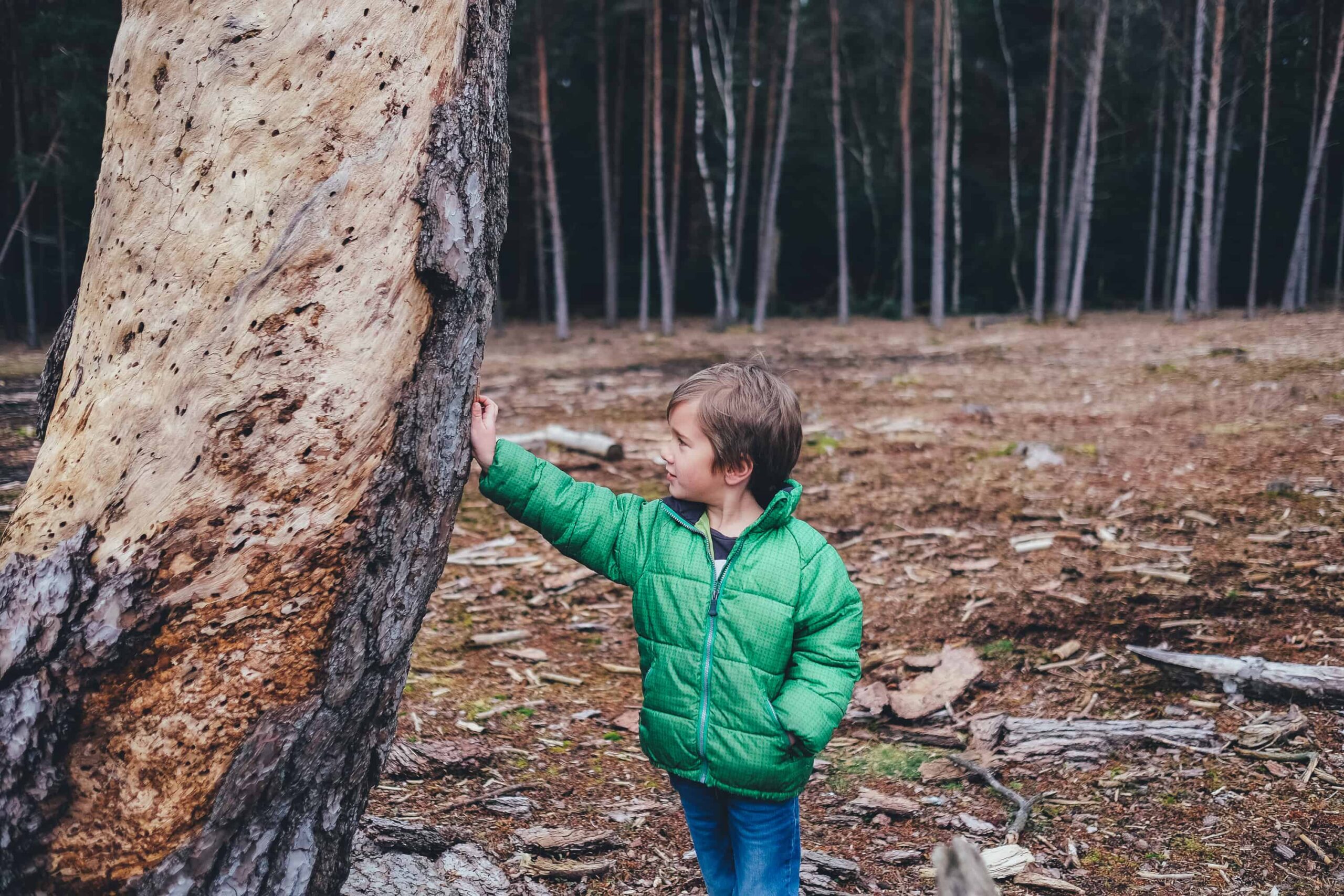
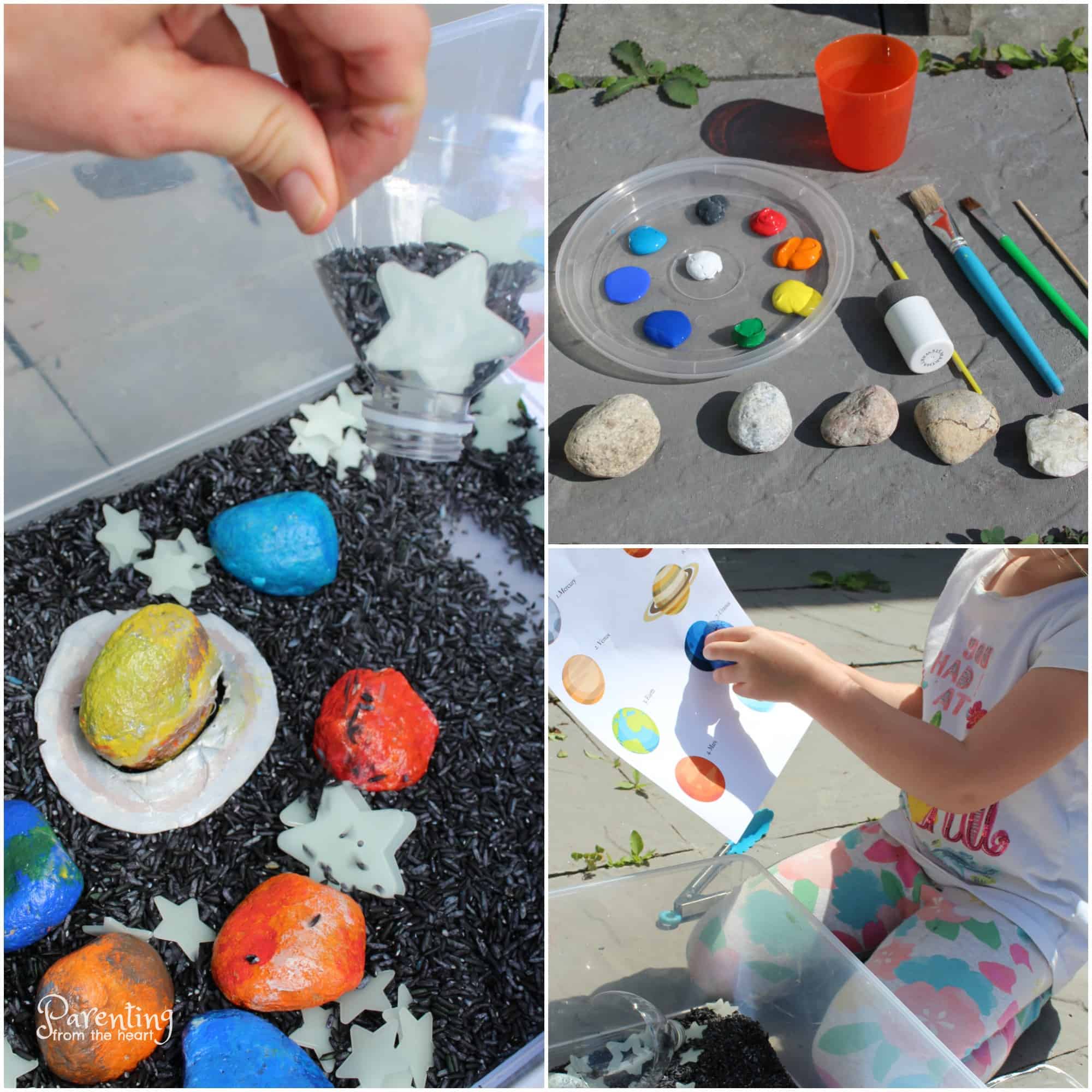
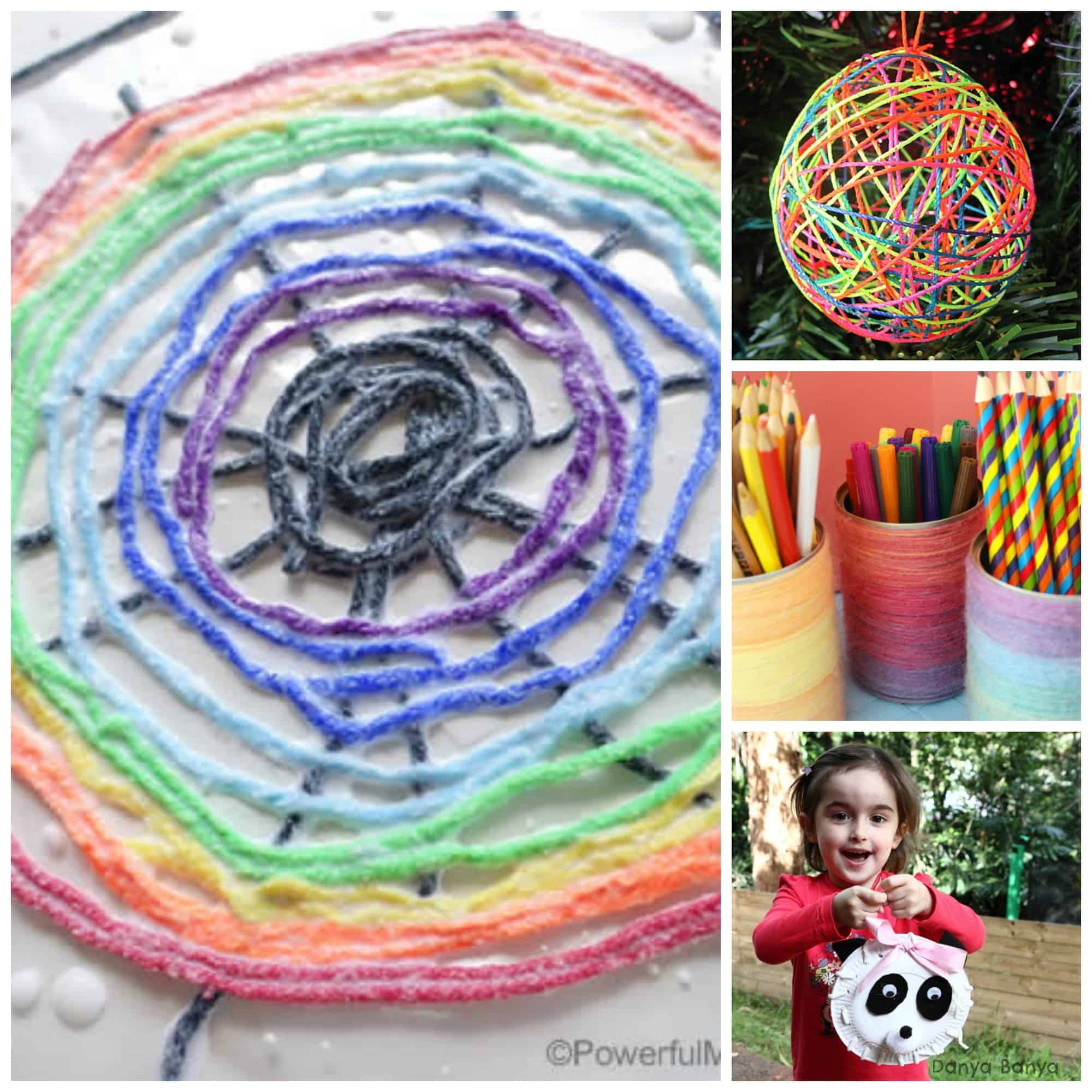
2 comments